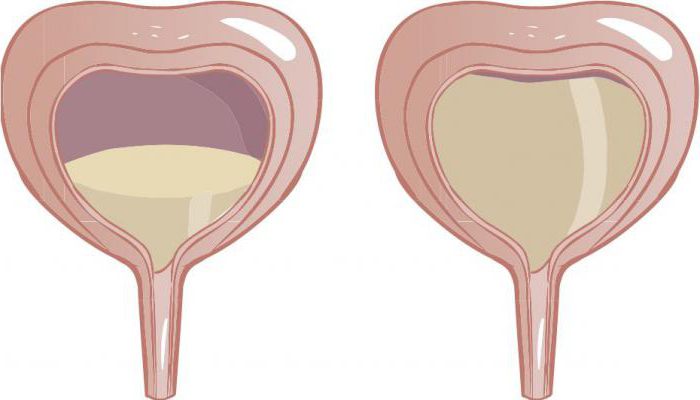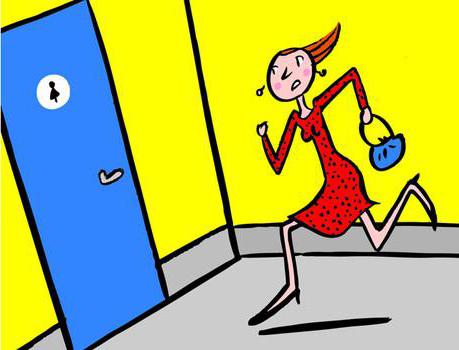Overactive bladder in women: treatment, causes, symptoms
An overactive bladder in women, which requires treatment immediately after a problem is discovered, is a violation of the function of storing urine and the appearance of a sharp desire to empty the bladder. This need is often acute and results in the involuntary release of some
Traditional therapy begins with the use of behavioral (behavioral) strategies - doctors recommend drinking water and other drinks on a strict schedule, going to the toilet every day at a certain time, and restraining sudden urges with the help of the pelvic floor muscles. If these measures do not help, there are other methods of treating the pathology.
Symptoms
If you have any, it’s not a fact that their cause is precisely an overactive bladder. Symptoms in women are manifested as follows:
- the appearance of a sudden need to visit the toilet, and this need is extremely difficult to control;
- urinary incontinence, that is, its involuntary release immediately after the appearance of a desire to empty the bladder;
- usually more than eight times a day;
- nocturnal polyuria (nocturia) - nocturnal urge to go to the toilet, repeated more than twice during sleep.
Although many patients manage to get to the toilet immediately, as soon as there is an urgent need, almost all those suffering from this pathology experience the stress of having to empty their bladder many times a day.
Normal functioning of the body
The kidneys produce urine, which then flows into the bladder. When visiting the toilet, urine exits the storage organ through an opening at the bottom and flows out through a tube called the urethra. In women, the opening of the urethra is located directly above the vagina, in men - at the tip of the glans penis.
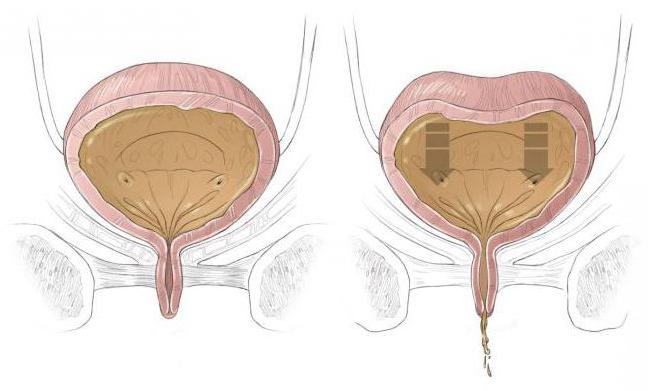
As the bladder fills, the brain receives signals from the nerves, which, in the end, cause the need to empty. During urination, nerve signals coordinate the relaxation of the muscles of the pelvic floor and urethra (the latter are called urinary sphincter muscles). The muscles of the organ tense (contract), pushing the urine out.
Causes of pathology
When the muscles of the organ begin to suddenly tighten (even if the volume of urine in it is still small), doctors diagnose an overactive bladder. Symptoms in women include, first of all, a sharp onset of need and may be accompanied by signs of diseases that serve as prerequisites for the development of this ailment. However, chronic diseases are not the only cause of the problem. Frequent toileting and incontinence may be due to:
- neurological disorders, including Parkinson's disease, strokes, multiple (multiple) sclerosis;
- excessive urine production as a result of high fluid intake, poor kidney function, or diabetes;
- taking medications that speed up urine production or require drinking plenty of fluids;
- acute infectious diseases of the urethra, causing symptoms similar to those of an ailment such as an overactive bladder in women;
- organ pathologies (tumors, stones);
- factors preventing normal urination (in men, this may be an enlarged prostate, in women, constipation or past operations to treat other forms of incontinence);
- excessive consumption of caffeine or alcoholic beverages;
- depression of the cognitive function of the brain due to aging of the body, as a result of which the bladder hardly recognizes incoming signals;
- difficulty walking, due to which not all patients can get to the restroom in a timely manner;
- incomplete emptying of the bladder, which can lead to symptoms of overactivity due to reduced space for new urine coming from the kidneys.
Often, however, even experts cannot say for sure what caused the development of the organ hyperactivity syndrome.
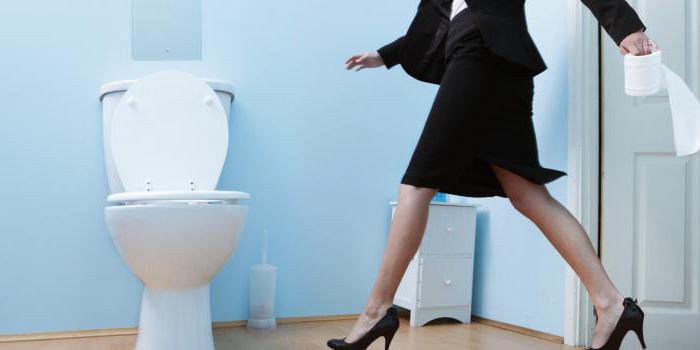
Diagnostics
If you suffer from an unbearable urge to go to the toilet too often, your doctor will first test your urine for blood or infection. It is also necessary to establish whether you empty your bladder completely. A complete diagnosis is likely to include the following activities:
- studying the history of diseases;
- initial medical examination with special attention to the organs of the abdominal cavity and groin;
- urine tests to check for infections, traces of blood and other signs of pathology;
- Focused neurological exam to look for sensory disturbances or problems with reflexes.
Special Studies
First, the doctor will establish an accurate diagnosis and presumptive prerequisites for the development of such an unpleasant condition as an overactive bladder in women. Treatment will depend on many factors, but first of all - on the quality of the functioning of the organ. The ability of the bladder to empty regularly and completely is checked by the urodynamic study, which consists of several different tests.

What is included in the concept of urodynamic analysis
- Measurement of the residual volume of urine. This analysis is especially important if the organ does not empty completely when urinating, or if you suffer from incontinence. Residual urine causes symptoms similar to those of hyperactivity. To measure the remaining fluid after emptying, the doctor will prescribe an ultrasound examination of the bladder or put a special catheter (thin tube) to withdraw and study the remainder.
- Measurement of urine flow rate. If it is necessary to assess the volume and speed of urination, the doctor will ask you to empty your bladder into a uroflowmeter - a device that measures these parameters and converts them into a graph of changes in the rate of emptying.
- Determination of intravesical pressure. The cystometry method helps to measure the pressure in the organ and its surrounding tissues when filled with liquid. During this test, the doctor uses a thin tube (catheter) to slowly fill the bladder with warm water. Another catheter with a pressure sensitive sensor is placed in the vagina. This procedure helps to understand why an overactive bladder occurs in women. Treatment will depend on what the analysis shows: there will be either involuntary contractions of the walls of the organ, or its rigidity, due to which the bladder becomes unable to store urine at low pressure. You may be asked to have a bowel movement during the exam to measure the pressure needed to empty the organ and determine if there is a possible blockage (obstruction) or not. Obstruction due to pelvic organ prolapse can lead to symptoms that are characteristic of such a common ailment as an overactive bladder in women. Causes (treatment, as you know, can only be prescribed by a qualified specialist) in this case almost always involve neurological diseases affecting the spinal cord.
Behavioral Therapy Treatment
Behavioral therapy, or the acquisition of good habits necessary to fight the disease, is the first and most effective measure on the road to recovery. The undoubted advantage of this method is the complete absence of side effects. If you have no idea how to treat an overactive bladder in women, try the following techniques.
Best Troubleshooting Methods
- Exercises for the muscles of the pelvic floor. No wonder they gained worldwide fame and unprecedented popularity: perhaps there is no more natural way to strengthen the muscles of the pelvic floor and urinary sphincter. Stronger muscles can permanently save you from involuntary contractions of the walls of the bladder. The doctor will give detailed advice on the correct implementation of the famous gymnastics. Follow the recommendations of a professional and be patient: it often takes quite a long time (six to eight weeks) for a noticeable improvement in well-being.
- Maintaining normal weight. If you're obese, returning to a healthy weight can help tame an overactive bladder in women. Treatment (reviews can be found on thematic forums if desired) in this case involves a diet based on the principles of proper nutrition.
- Fluid intake control. Your doctor may recommend limiting your fluid intake and help you create a comfortable schedule for drinking your favorite beverages.
- Double emptying. To completely empty the bladder, you must wait a couple of minutes after the first emptying and then try again to relieve a small need.
- Scheduled urination. The scheduling method is useful not only in terms of drinking liquids, but also for going to the toilet. If you follow a planned schedule (for example, going to the bathroom every 2-4 hours), then the body will get used to the same regimen, and you will no longer experience unnecessary stress from a sudden need.
What else can be done?
- intermittent catheterization. When an overactive bladder is diagnosed in women, treatment and feedback on the prescribed therapy largely depend on the individual effectiveness of the prescribed method. However, there is a general, universal way to alleviate the symptoms of pathology, which involves the periodic use of a catheter to completely empty the organ. Check with your doctor before using this method.
- Wear Wearing urological pads or special absorbent underwear will help protect clothing from the effects of incontinence and eliminate the psychological stress associated with it. These pads and underwear come in all sizes and have different absorbency ratings.
- Bladder training. This term refers to the development of one's own ability to restrain a small need. You need to start with small periods - for example, from 30 minutes, after which you can gradually increase the intervals until you start going to the toilet only once every three to four hours. An overactive bladder in women (treatment, causes, symptoms discussed above) can only be stabilized in this way if you are able to strain (contract) your pelvic floor muscles on your own.
Overactive bladder in women: treatment (drugs)
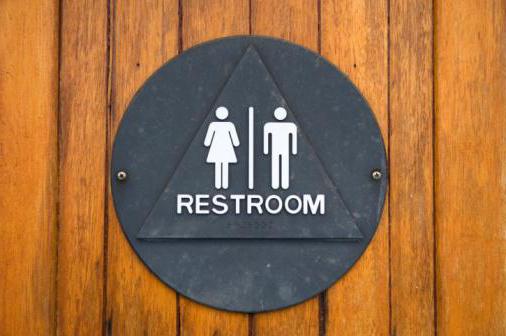
To reduce the hyperactivity syndrome, medications are used to help relax the walls of the organ. It:
- tolterodine ("Detrol");
- oxybutynin in the form of a skin (transdermal) patch ("Oxytrol");
- oxybutynin in;
- trospium;
- solifenacin;
- darifenacin;
- fesoterodine.
Be careful
The above medicines can cause side effects, including dry mouth and constipation, which can aggravate the symptoms of an overactive bladder in women. Treatment (tablets and other drugs for oral administration) should be prescribed by a doctor, but if you suffer from these side effects, it is better to consult a specialist about replacing tablets with gels and patches.

